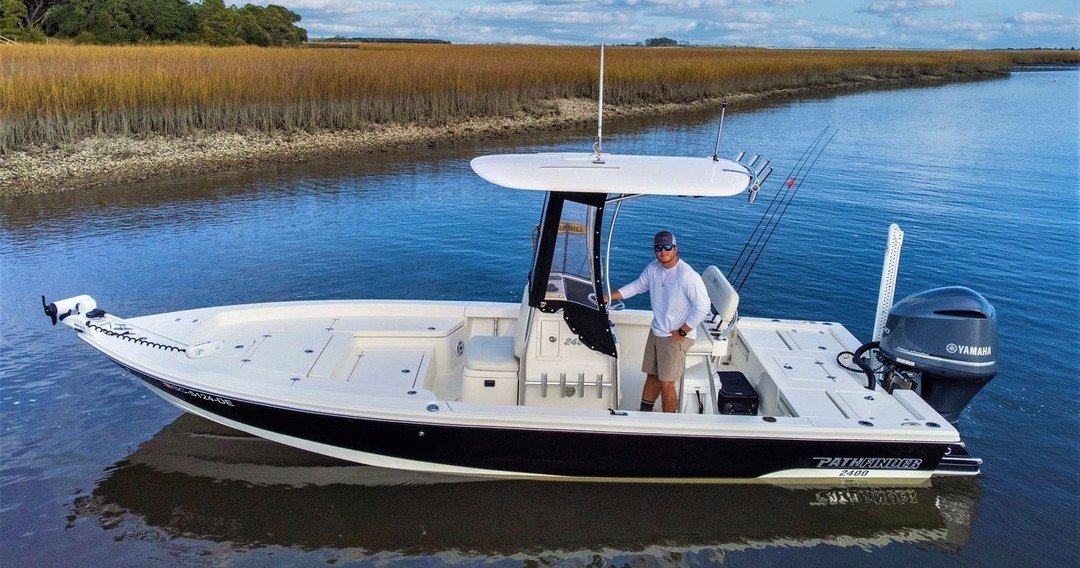Paddling the Marshes of Pawleys Island: Kayak Adventures and Wildlife Spotting
Pawleys Island’s marshy waters offer an exhilarating kayak experience where tidal currents and diverse wildlife create an engaging escape. Paddle gently through winding channels and discover a habitat alive with herons, otters, and osprey as you navigate this dynamic coastal environment.
Trail Tips
Check Tide Schedules
Plan your trip around low and high tides to ensure safe navigation through narrow channels and avoid getting stranded in shallow areas.
Wear Quick-Dry Clothing
Select lightweight, moisture-wicking apparel to stay comfortable amidst splashes and the humid coastal environment.
Bring Wildlife Binoculars
A compact pair helps you spot distant birds and marsh inhabitants without disturbing their natural behavior.
Use A Durable Dry Bag
To protect electronics, snacks, and extra layers from unpredictable water exposure, a reliable dry bag is a must-have on every paddle.
Paddling the Marshes of Pawleys Island: Kayak Adventures and Wildlife Spotting
Exploring the marshy waters around Pawleys Island, South Carolina, is an adventure where every paddle stroke meets a living, breathing ecosystem. The tidal marshes here are a network of waterways that challenge and invite kayakers to glide slowly, observing the quiet drama of coastal wildlife. These shallow waters, bordered by tall spartina grasses swaying with the breeze, dare you to move carefully, respecting the currents that push forward in sync with the tides.
Your kayak becomes both a vessel and a vantage point, slipping between channels where crab traps bob gently and herons stand statuesque, eyeing the water for movement. Otters sometimes surface with a flash, slipping beneath lily pads, while the calls of ospreys and great egrets echo overhead. The landscape is fiercely itself — untamed yet approachable, delivering moments where the wild reveals itself without rush.
Routes here vary in length and difficulty; beginners can explore short, calm loops near Wachesaw Preserve or trip the longer channels reaching toward the Intracoastal Waterway. Expect flat water with occasional narrow passages. A standard outing covers about 4 to 7 miles depending on tide conditions and interest in side creek exploration, usually taking 2 to 4 hours.
Preparation is key. Kayakers should monitor tide charts — the marshes shift dramatically with the tides, both opening new routes and restricting others. Lightweight, quick-drying clothing paired with waterproof storage keeps you comfortable and your gear safe. Bring plenty of water and sunscreen; while the marsh grasses offer some shade, the sun is persistent here.
Wildlife is most active in the early morning and late afternoon, feeding times when the marsh pulses with life. Balance your pace — pause often to absorb details, the flick of a tail, a flash of feathers. But always remain alert for changing conditions; the marsh can turn with the tide, and shallow spots may trap the unwary.
For lodging and more supplies, nearby Georgetown offers a practical base with its historic charm and easy access to kayaking launches. From here, you can step into the wild coastal world of Pawleys Island marshes, ready and informed.
Paddling these waters isn’t about conquering the wild but engaging with it — respecting its rhythms and letting it unfold around you. The marshes of Pawleys Island invite you into an adventure that is as much about patience and observation as it is about physical effort. Here, nature has its own agenda, and if you listen, it might just respond.
Recommended Gear
Wide-Brimmed Hat
Protects from sun exposure when paddling midday in the open marshes.
summer specific
Frequently Asked Questions
What is the best time of day for kayaking in Pawleys Island marshes?
Early morning and late afternoon are optimal for calm water and active wildlife sightings. The tide is also usually more predictable during these times, making navigation smoother.
Are there any safety concerns unique to the tidal marshes here?
Yes, tides dramatically change water levels, and unfamiliar paddlers can get stranded or stuck in mudflats. It’s important to check tide charts and plan accordingly.
What wildlife might I expect to see while kayaking the marshes?
Expect to see great blue herons, egrets, ospreys, otters, various fish, crabs, and even the occasional turtle basking on logs.
Where can I rent kayaks near Pawleys Island?
Georgetown provides multiple kayak rental options with gear suited for marsh paddling, as well as guided tours for first-timers.
Is it necessary to have prior kayaking experience for this trip?
Basic kayaking skills are recommended since some channels are narrow and currents influenced by tides require maneuvering experience for safe passage.
Are dogs allowed on kayaking excursions in these marshes?
Many launching points permit dogs, but they should be well-trained and comfortable on water. Check local regulations and always keep dogs on a leash or PFD.
Nearby Experts
Local Insights
Hidden Gems
- "The quiet side creek off the Causeway Road launch offers close-up views of fiddler crabs and painted buntings rarely seen along main channels."
- "A small sandbar near the north end of the island becomes a temporary resting spot for migratory shorebirds during fall."
Wildlife
- "Watch for the elusive river otter that cruises stealthily beneath the water’s surface."
- "You might glimpse snowy egrets performing their graceful fishing dance in shallow pools."
History
"Pawleys Island marshes historically supported indigenous populations and early settlers with rich fishing grounds and natural oyster beds, still protected by local conservation efforts."




